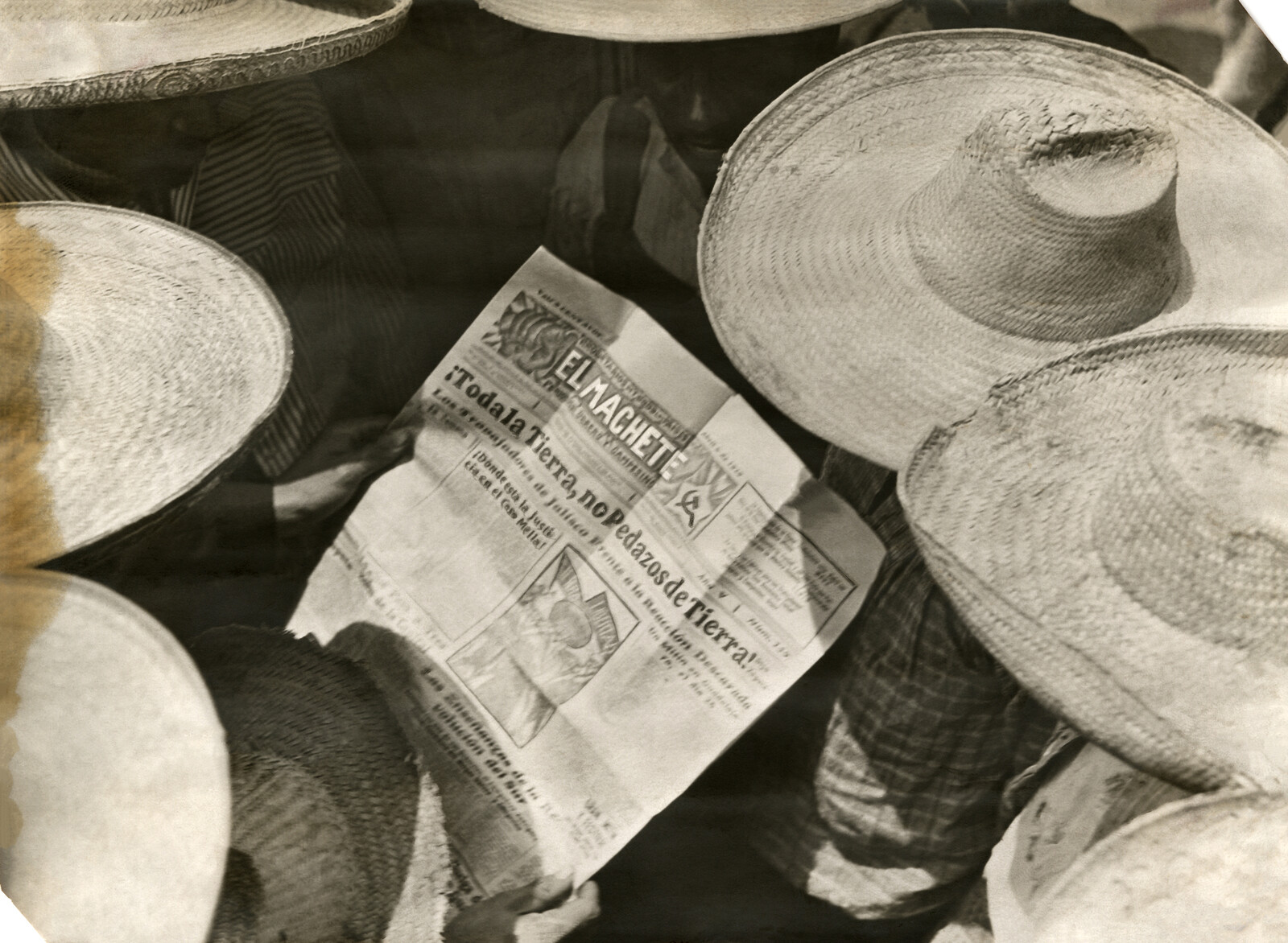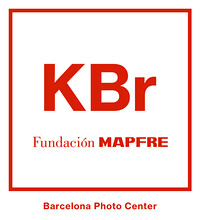June 8–September 3, 2023
Avenida del Litoral 30
08005 Barcelona
Spain
T +34 932 71 31 80
infokbr@fundacionmapfre.org
The exhibition dedicated to Tina Modotti (Udine, 1896–Mexico City, January 5, 1942) recovers the figure of an artist who has become increasingly recognized since the 1970s. Besides highlighting her relationship with Spain, the exhibition reconstructs Modotti’s figure without fissures for the first time, both in terms of her facets as an artist/photographer and as a revolutionary/anti-fascist militant.
Born in Udine, in the north of Italy, Modotti emigrated to the United States at the early age of 16. There she met the photographer Edward Weston, who would profoundly influence her career. In 1923 Modotti moved to Mexico with Weston and encountered members of the PCM (Mexican Communist Party)—who for a short period were at the forefront of Mexican society’s emancipatory claims and the claims of disadvantaged people—and with a great portion of Mexican intellectuals. Modotti began her political apprenticeship during this period, a commitment she would not abandon until the end of her career. In Mexico, she also established a relationship with International Workers Aid (Internationale Arbeiterhilfe, AIH), which depended on the Communist Party but was granted great autonomy. It was an organization that grouped the Soviet Union and anti-imperialist nations, gaining a significant following in Latin America, particularly after World War I. In 1930 Tina Modotti was detained and expelled from Mexico, falsely accused of having taken part in an attack against Mexican president Pascual Ortiz Rubio. From that moment onward, she lived in several European cities, such as Moscow, Berlin, and Paris, arriving in Spain shortly after. From 1934 she played a decisive role in Spain’s Second Republic, and particularly throughout the Spanish Civil War. During the armed conflict, she took on the coordination of Socorro Rojo [International Red Aid (MOPR)] in Spain, helping the so-called “children of the war” flee the country, tending to the wounded as a nurse in hospitals, and supervising political propaganda activities. When the conflict came to an end Modotti crossed the Pyrenees along with thousands of Spanish political exiles. She died in Mexico City shortly after, exhausted and disenchanted upon her return to the Americas in the aftermath of the Spanish Civil War.
Tina Modotti’s life was influenced by some of the most important historical events of the 1920s and ’30s. A citizen of the world—as many have considered her—Modotti’s work and her life has been surrounded by uncertainties that have only been resolved after in-depth study, although some gaps still remain.
Her nomadic life and agitated political militancy forced Modotti to abruptly flee many of the countries which she lived in. Consequently, as pointed out by the show’s curator Isabel Tejeda, this circumstance “decontextualizes and disorients her production, making it impossible to date many of her images with precision”. Nevertheless, one could argue that most of her photographic work was produced between 1923 and 1930. During her time in Mexico—after her apprenticeship with Weston—Modotti evolved from the perfection of abstract forms to a different and more personal gaze that was conditioned by her outlook on life and her notable attraction to human beings and social injustice. She went on to portray the precarious conditions of workers, inequalities, and misery in urban areas. Likewise, she focused on women and their role within the community as well as the forms and symbols of working-class emancipation. In her eagerness to promote awareness, Modotti produced images denouncing injustice, while honoring the dispossessed; some had propagandistic purposes and were intended for publications and magazines.
The exhibition being presented at Fundación MAPFRE is the most comprehensive show dedicated to Tina Modotti to date. Thanks to the work of Isabel Tejeda, we can contemplate a large number of the artist’s originals that have been assembled through the curator’s research. Nearly 240 photographs (predominantly vintage prints) have been grouped chronologically into four sections. Furthermore, a wide range of documentary materials will be on display along with the projection of one of the Hollywood films Modotti featured in. The exhibition is completed with works by photographers that were closely related to her, such as Edward Weston. It benefits from important loans from the following collections and institutions:
Museo Nacional Centro de Arte Reina Sofía, Madrid; Biblioteca Nacional de España, Madrid; Centro Documental de la Memoria Histórica, Salamanca; Center for Creative Photography (CCP), Arizona; Museum of Modern Art (MoMA), New York; San Francisco Museum of Modern Art (SFMOMA), San Francisco; Throckmorton Fine Art, Nueva York; Comitato Tina Modotti; Archivo Riccardo Toffoletti, Údine Údine; Archivo Antonio Cobalti, Trieste; Arte & Cultura del Centro Ricardo B. Salinas Pliego, Ciudad de México; Colección y Archivo de Fundación Televisa, Ciudad de México; Museo Nacional de Arte (MUNAL), Ciudad de México.
The photographs cannot be bled, cropped, guttered, overprinted or altered in any way, whether it be color proportion or form. It is also not allowed to write, superimpose or add any text on the images. The reproduction of the photographs must be accompanied by the pertinent copyright and courtesy lines.
The reproduction of images in on-line publications and media is allowed only for exhibition publicity and dissemination where the resolution of the reproduction is a maximum 72 dpi/204 pixels in a non-downloadable format.



